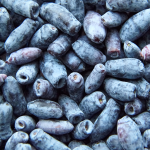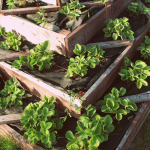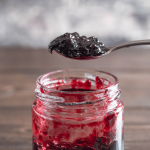Discover the Sweet and Tart Flavors of Scandinavian Red and Black Raspberries
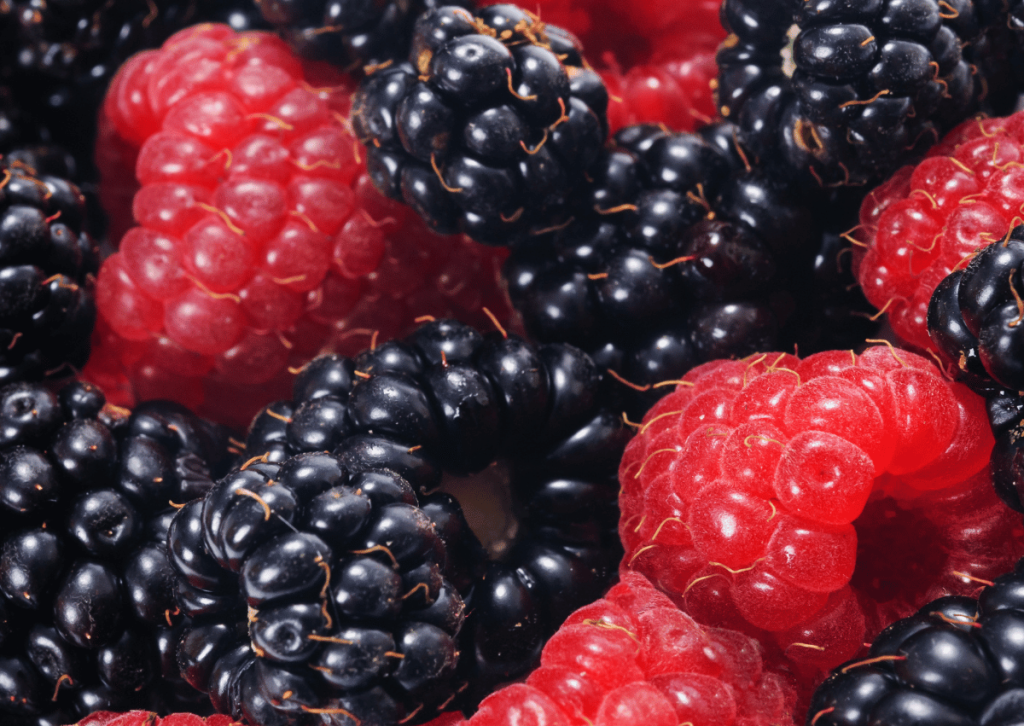
Red and black raspberries are popular fruits that are grown in many parts of the world, including Scandinavia. These berries are known for their sweet, juicy taste and their numerous health benefits. In this article, we will explore the characteristics of red and black raspberries grown in Scandinavia, including their taste, growing conditions, and common uses.
Latin Name:
Red raspberry (Rubus idaeus)
Black raspberry (Rubus occidentalis)
Also Known As:
Red raspberry – European raspberry
Black raspberry – wild black raspberry, thimbleberry, blackcap raspberry
USDA Hardiness Zone:
Red raspberry – Zones 3-9
Black raspberry – Zones 4-8
Invasiveness:
Both red and black raspberries can be invasive, spreading through underground roots. It’s important to contain them with barriers if growing in a small garden.
Growing Requirements:
Soil type: Raspberries prefer well-drained, fertile soil with a pH between 6.0-6.5.
Sunlight: They need at least 6 hours of direct sunlight daily.
Water needs: Raspberries require consistent moisture, especially during fruiting season. They should be watered deeply once a week.
Spacing: Raspberries should be planted 2-3 feet apart in rows 6-8 feet apart.
Pollination:
Raspberries are self-fertile, but having multiple plants can increase yield. Bees and other pollinators help transfer pollen between flowers.
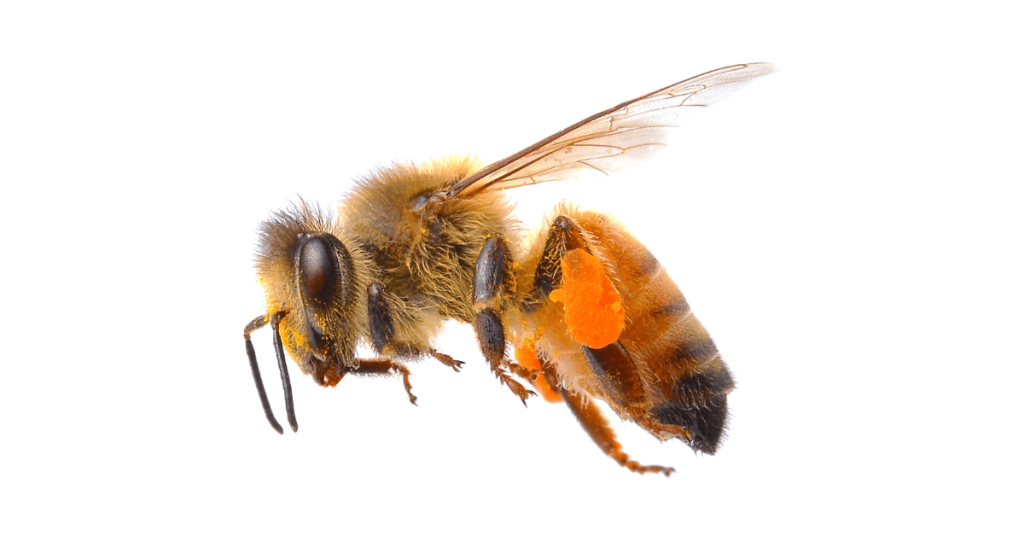
Harvest Season:
Red raspberries: Mid-June to early August
Black raspberries: Late June to early July
Culinary Uses:
Raspberries can be used in a variety of dishes, from sweet to savory. They can be eaten fresh, frozen, or cooked. Some popular uses include jams, pies, muffins, smoothies, juice and salads.
Health Benefits:
Raspberries are high in fiber, vitamin C, and antioxidants. They may help improve digestion, lower blood pressure, and reduce inflammation.
Raspberries are a nutrient-rich fruit that provides 23 milligrams of vitamin C in a 100-gram serving. Vitamin C is important for supporting immunity, skin health, and collagen production.
Furthermore, research published in the Journal of the American College of Nutrition has shown that the vitamin C in raspberries can increase the body’s fat-burning ability.
In addition to vitamin C, raspberries also contain other essential nutrients such as manganese, calcium, and vitamin K that contribute to bone health. They also provide smaller amounts of vitamin E, B vitamins, magnesium, copper, iron, and potassium, as the Department of Agriculture reported.
Pests and Diseases:
Common pests include raspberry beetles, raspberry cane borers, and spider mites. Diseases to watch out for include anthracnose, cane blight, and verticillium wilt. Regular pruning and good garden hygiene can help prevent these issues.
Propagation of raspberries:
Raspberries can be propagated through division, tip layering, or hardwood cuttings. I have found them to be almost too easy to propagate by layering. Seeds can also be used, but this method is less reliable.
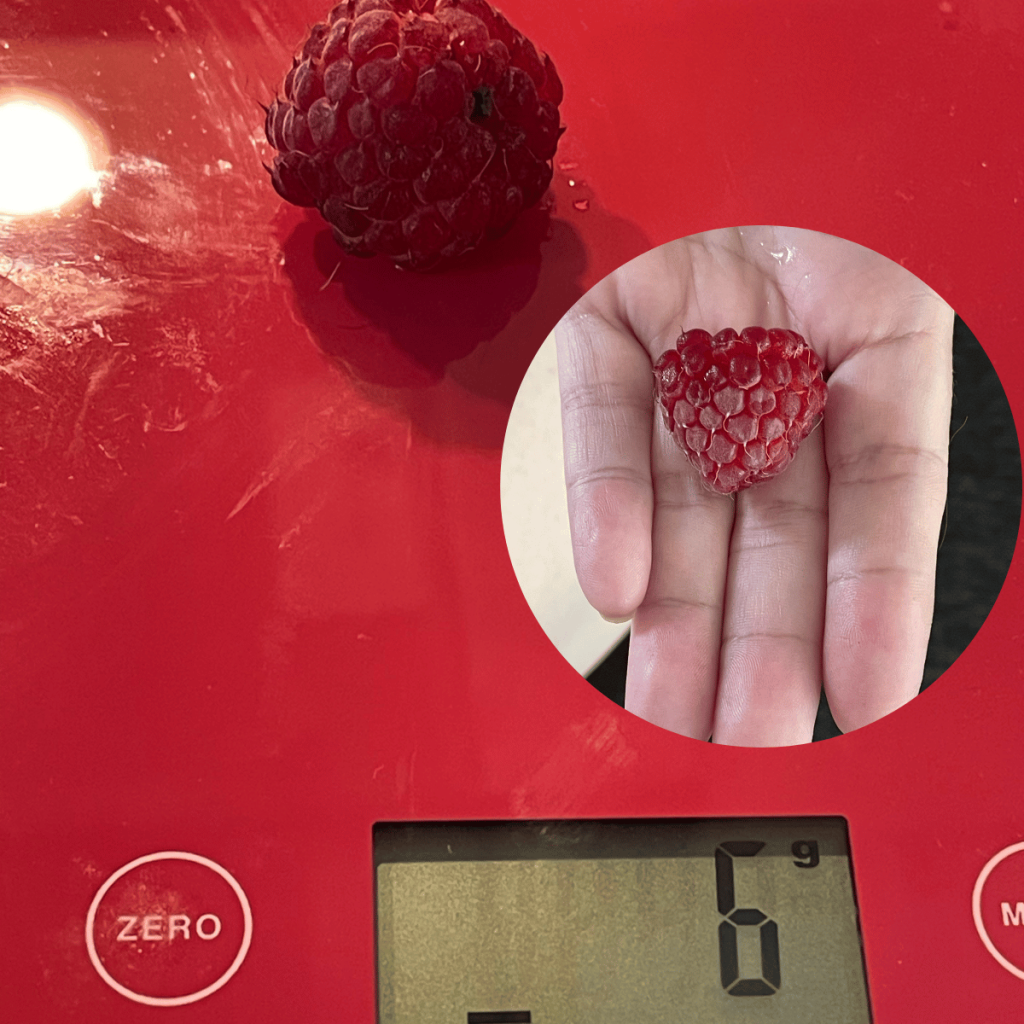
Fun Facts about Raspberries :
Raspberries are a member of the rose family.
The word “raspberry” comes from “raspis,” an old French term for a sweet rose-colored wine.
Raspberries are believed to have originated in Eastern Europe.
Companion Planting for Raspberries:
Raspberries can benefit from being planted with herbs like chives, chamomile, and yarrow. They should not be planted near potatoes, tomatoes, or peppers.
Storage and Preservation of Raspberries:
Raspberries are best eaten fresh, but they can also be frozen or canned for later use. To freeze, spread them out on a baking sheet and freeze until firm before transferring to a container. We, (my wife if I have to be honest…) makes jam and juice from frozen raspberries.
To can, follow standard canning procedures.
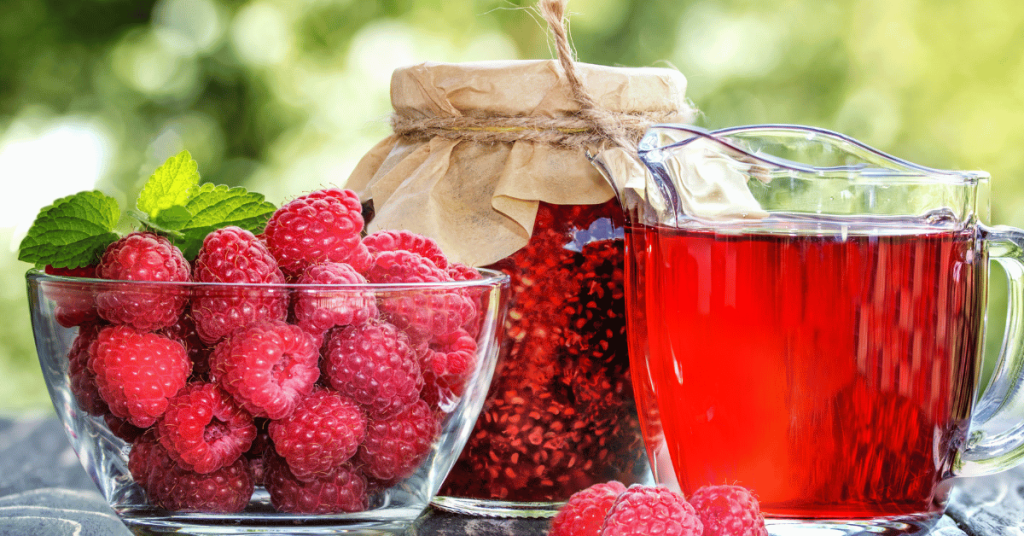
Explore More Fruits and Berries for Your Scandinavian Garden
If you’ve enjoyed learning about the unique flavors and growing conditions of Scandinavian red and black raspberries, you’ll be delighted to explore our comprehensive guide on the Top 10 Berries and Fruits for Scandinavian Gardens.
In this guide, we delve deeper into the world of Scandinavian horticulture, offering insights into a variety of fruits and berries that are well-suited for your garden. Whether you’re a seasoned gardener or a beginner looking to diversify your plant selection, this guide provides valuable information to enhance your gardening journey.
Why You Should Read the Comprehensive Guide:
- Diverse Selection: Discover fruits and berries that complement red and black raspberries in both flavor profiles and growing conditions.
- Sustainability Focus: Learn eco-friendly practices for cultivating a diverse and sustainable garden.
- Expert Tips: Gain access to advanced gardening techniques and tips to maximize your yield and maintain a healthy garden ecosystem.
Don’t miss out on this opportunity to expand your knowledge and enrich your Scandinavian garden. Read the Comprehensive Guide Now.


